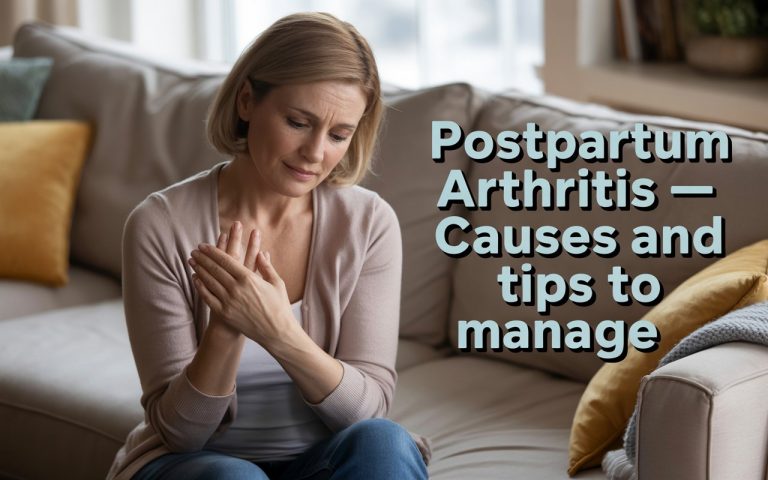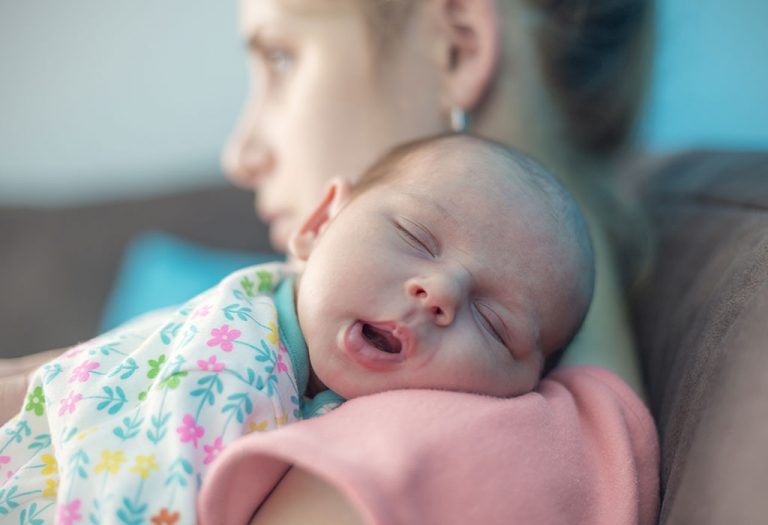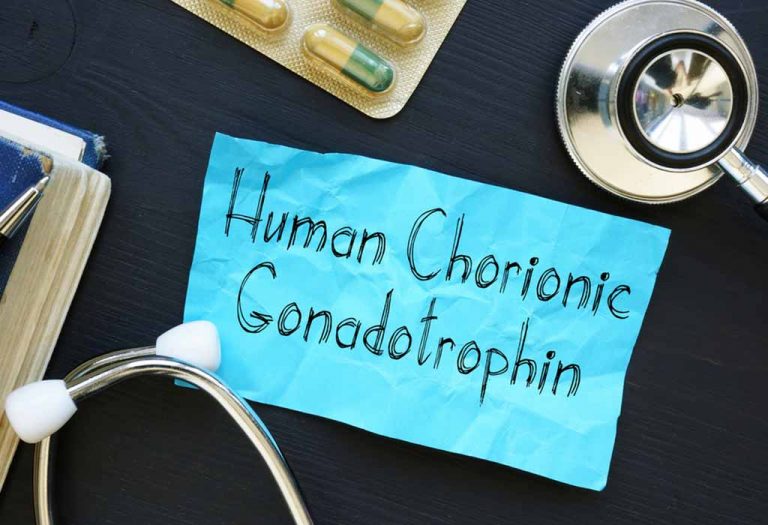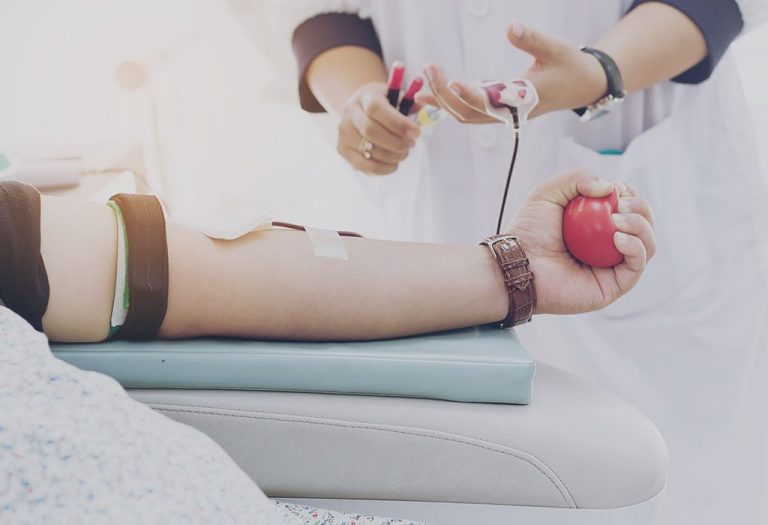Postpartum Arthritis – Causes and Tips to Manage
Post-pregnancy, a woman may experience pain in her limbs and joints. If you are a new mother and are experiencing pain in your joints, chances are that you may have postpartum arthritis or joint pain after delivery. A woman’s body goes through a lot of changes during and after pregnancy and experiencing pain in the joints after you have delivered the baby may probably leave you teary-eyed and frustrated. However, arthritis is a disease that can be treated. Read this article to find out why some women may have arthritis after pregnancy and how you can manage arthritis pain.
What Is Arthritis?
The pain in the joints is usually referred to as arthritis. However, it covers a wide range of medical conditions. There are approximately 100 or even more rheumatoid conditions that are known to cause pain in the bones and significantly affect connective tissues. The typical symptoms of arthritis are pain and stiffness in the joints. In some people, arthritis develops all of a sudden, while in others it is usually a gradual process. Both adults and children are susceptible to arthritis (1).
Is It Common After Pregnancy?
Arthritis is common in people of all ages, but it may aggravate after pregnancy (2). Some women even have postpartum joint disorders that cause pain in their wrists, hands, ankles, and feet.
What Are the Causes of Arthritis After Delivery?
It is very common for women to experience arthritis pain post pregnancy. The following are the reasons why women may have arthritis post delivery.
- Hormonal Fluctuations: The rapid drop in estrogen and cortisol after childbirth removes their natural anti-inflammatory effects. This sudden shift can trigger widespread inflammation and joint pain.
- Immune System Rebound: Pregnancy suppresses the immune system, which can provide relief for pre-existing arthritis. Post-delivery, the immune system often rebounds and becomes overactive, causing symptoms to return or worsen (3).
- Onset of Autoimmune Disease: The postpartum period can be a trigger for new autoimmune conditions. The hyperactive immune system may mistakenly attack joint tissues, leading to conditions like rheumatoid arthritis.
- Genetic Predisposition: A family history of autoimmune diseases increases susceptibility. The stress of pregnancy and childbirth can act as an environmental trigger that activates these genetic factors (4).
- Physical Stress and Strain: The physical demands of pregnancy, childbirth, and caring for a newborn place significant stress on joints. Repetitive motions like lifting the baby can lead to inflammation in the back, hips, and wrists.
- Postpartum Weight Retention: Carrying extra weight gained during pregnancy increases pressure on weight-bearing joints like knees and hips. This excess weight also promotes systemic inflammation.
- Pre-existing Risk Factors: Factors like obesity, smoking, or previous infections can contribute to joint vulnerability. While symptoms may be suppressed during pregnancy, they can flare up after delivery when the immune system rebounds.
Symptoms of Arthritis After Pregnancy
After pregnancy, the onset of arthritis can be subtle, with symptoms often mistaken for normal postpartum aches and pains. Recognizing the specific signs is key to seeking appropriate treatment. The following are common postpartum arthritis symptoms (5).
1. Joint Pain
This is often a persistent, aching pain in one or more joints. Unlike typical soreness from lifting a baby, this pain may be present even at rest and can feel deep within the joint itself. It commonly affects the small joints of the hands and wrists, as well as the knees, feet, and hips.
2. Joint Stiffness
A significant feeling of stiffness is a hallmark symptom, particularly upon waking up in the morning or after sitting for a while. This “morning stiffness” can last for more than 30 minutes to several hours, making it difficult to start the day. The joints may feel “locked” or difficult to move until they loosen up with activity.
3. Swelling in Joints
Affected joints may appear visibly puffy or swollen due to inflammation of the joint lining (synovium). This swelling can make rings feel tight on fingers or give the knuckles a swollen, rounded appearance. The swelling is often soft to the touch and caused by an accumulation of fluid within the joint.
4. Tenderness to Touch
The joints and surrounding areas can be extremely tender and sensitive to even light pressure. This means that everyday actions like holding a baby, gripping a bottle, or a gentle touch can cause significant discomfort. The tenderness is a direct result of the inflammation inside the joint.
5. Reduced Range of Motion
Inflammation, pain, and swelling can physically limit how much you can move a joint. You might find it difficult to fully bend your knee, make a tight fist, or raise your arms above your head. This loss of movement can interfere with daily tasks like dressing, brushing hair, or carrying your child.
6. Warmth and Redness
The skin over the affected joint may feel noticeably warmer than the surrounding skin and appear red or flushed. This warmth and redness are classic signs of active inflammation occurring within the joint. It is a clear indicator that the pain is inflammatory rather than simply mechanical.
7. Symmetrical Symptoms
Many autoimmune forms of arthritis, like rheumatoid arthritis, often affect the same joints on both sides of the body simultaneously. For example, you might experience pain and swelling in both wrists, both knees, or the same joints in both hands. This symmetry is a key feature that helps distinguish inflammatory arthritis from other types of pain.
8. Overwhelming Fatigue
This is more than just the expected tiredness of new parenthood; it is a deep, debilitating exhaustion that is not relieved by rest. It is a systemic effect of the body’s inflammatory response. This fatigue can be so severe that it makes it challenging to cope with the demands of caring for a newborn.
9. General Malaise
A general feeling of being unwell, often described as malaise, can accompany the joint-specific symptoms. This may include a slight fever, loss of appetite, and a general lack of energy or feeling “run down.” It reflects the body’s immune system being in a state of overactivity.
How Long Does Postpartum Arthritis Last?
Arthritis can generally occur during pregnancy and last for several weeks to months post-delivery. This is because the hormone relaxin, released during pregnancy to help the joints loosen and the pelvis expand for childbirth, can stay in the mother’s body for up to six weeks post-delivery.
Does Arthritis After Delivery Go Away on Its Own?
It is recommended to consult with your doctor and check if you need to continue with arthritis medication post-delivery. Starting treatment early and living healthily can make the condition much easier to manage and help you live a full, active life (6).
How to Manage Arthritis After Delivery?
Taking care of a newborn while dealing with bodily pains can be a trying task for a mother. Arthritis can affect anyone, irrespective of their age. Pregnant women are more susceptible to rheumatoid arthritis, and those with postnatal arthritis suffer more as they are still recovering from childbirth. Here are some tips that can help you cope up with arthritis post delivery (7):
- If you suffer from specific types of arthritis before pregnancy, like rheumatoid arthritis, fibromyalgia, lupus, gout, etc., you should keep your doctors informed about these conditions. It will help the doctor formulate a specific plan for you to manage your postpartum arthritis. Some of the medicines that are suggested for arthritis may not be safe when you are in your breastfeeding phase. Talk to your doctor and let him know that you are lactating. He would provide you with medicines which are most suitable for your condition.
- If you are experiencing joint pain, you must make changes in your diet to minimise the symptoms of arthritis. Post-pregnancy, your immune system would make your body react to certain environments and foods in a very different manner. Identifying these triggers is the key to getting relief from arthritis. Talk to your dietician and doctor and try to follow a postpartum diet plan that will help you manage arthritis effectively. Eating fresh fruits and vegetables can help you cope up with arthritis. It is seen that eliminating certain food items like wheat, rye, pork, and beef can provide relief from rheumatoid arthritis after the baby is born.
- If you have been overweight or suffer from either diabetes or hypertension or both, then you are at a heightened risk of developing arthritis. Managing postpartum arthritis begins as early as planning for a pregnancy. Talk to your doctor and make sure you have a healthy weight throughout your pregnancy. If you have already delivered, take measures to lose your pregnancy weight gradually and through a mix of a healthy diet and exercise. Excess weight can put greater pressure on your joints. So, maintain a healthy weight throughout your pregnancy.
- You should avoid wearing heels after delivery and go for some comfortable shoes in the correct size. Ensure the soles of the shoes are soft and provide enough cushioning.
- Exercising can help to strengthen the muscles around your joints and improve the range of motion. Start slow and build up gradually.
- You can apply heat or cold to the affected joint to reduce pain and inflammation. Try using a heating pad or ice pack for around 20 minutes at a time, several times a day.
- You can use OTC pain relievers to relieve pain and inflammation. But do mention it to your doctor.
- It is crucial to balance activity with adequate rest to avoid overstressing your joints. Listen to your body and break up demanding tasks into smaller, manageable steps throughout the day. This can help prevent fatigue and reduce the severity of pain flares.
- Chronic pain and the challenges of new motherhood can be emotionally draining. Consider speaking with a therapist or counselor who specializes in chronic illness or postpartum health. Managing stress and addressing feelings of anxiety or depression can positively impact your perception of pain and overall coping ability.
FAQs
1. Is it possible to get rheumatoid postpartum arthritis after delivery?
Studies have shown that in rare cases, some women develop rheumatoid arthritis post-pregnancy. In this, the immune system attacks healthy joint tissues, resulting in acute joint pain after pregnancy.
2. Does breastfeeding make rheumatoid arthritis difficult?
Some studies indicate that breastfeeding can help reduce the risk of rheumatoid arthritis developing in later life for both mother and baby. But nothing can be said about breastfeeding worsening the existing symptoms of rheumatoid arthritis after pregnancy, resulting in postpartum joint pain, for most mothers.
3. Does postpartum arthritis pass from mother to child?
No, postpartum arthritis itself is not passed from mother to child. However, a predisposition to developing autoimmune conditions like rheumatoid arthritis can be inherited. This means a child may have a slightly higher genetic risk of developing arthritis later in life, but they will not inherit the postpartum condition itself.
Once you have a baby, your life could change completely. Taking care of the baby and dealing with postpartum arthritis can be difficult. But knowing about this condition can make it easier for you to manage the symptoms of arthritis. A healthy diet is a significant factor that can help in lowering the threat of developing postpartum arthritis.
Also Read:
Postpartum Perineal Pain
Stomach Pain after Pregnancy
Ways to Prevent Back Pain after Pregnancy
How to Recover from Pain after Childbirth
Was This Article Helpful?
Parenting is a huge responsibility, for you as a caregiver, but also for us as a parenting content platform. We understand that and take our responsibility of creating credible content seriously. FirstCry Parenting articles are written and published only after extensive research using factually sound references to deliver quality content that is accurate, validated by experts, and completely reliable. To understand how we go about creating content that is credible, read our editorial policy here.
1. Arthritis Foundation – What Is Arthritis?
2. UW Medicine (Department of Orthopaedic Surgery and Sports Medicine) – Pregnancy and Arthritis
3. Healthdirect Australia – Immune system
4. Johns Hopkins Medicine – What Are Common Symptoms of Autoimmune Disease?
6. NHS UK – Treatment: Rheumatoid Arthritis
7. CDC – Self-Care for Arthritis: Five Ways to Manage Your Symptoms






















